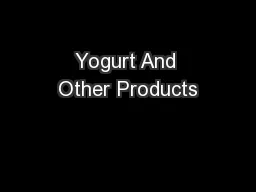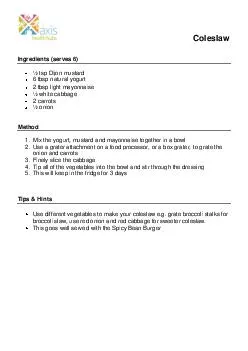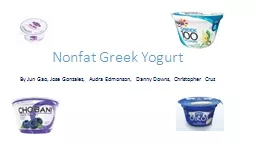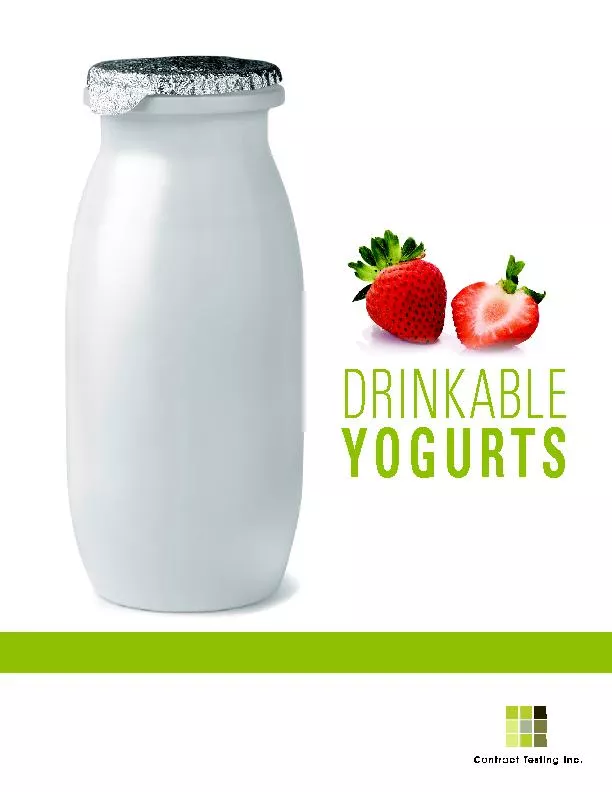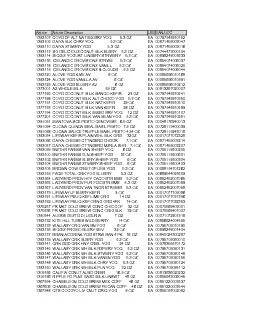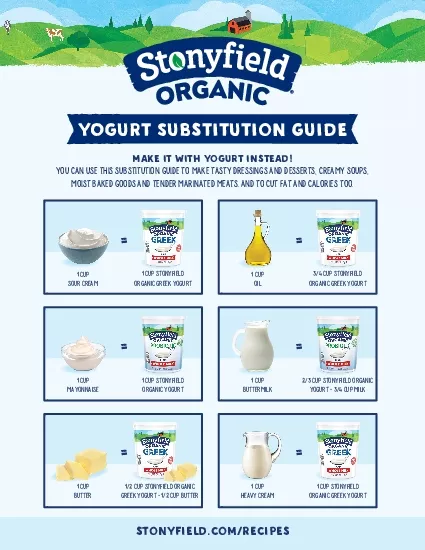PPT-Yogurt And Other Products
Author : karlyn-bohler | Published Date : 2015-11-02
Yogurt Semisolid fermented milk product which originated centuries ago in Bulgaria Consistency flavor and aroma may vary from one region to another Ingredients
Presentation Embed Code
Download Presentation
Download Presentation The PPT/PDF document "Yogurt And Other Products" is the property of its rightful owner. Permission is granted to download and print the materials on this website for personal, non-commercial use only, and to display it on your personal computer provided you do not modify the materials and that you retain all copyright notices contained in the materials. By downloading content from our website, you accept the terms of this agreement.
Yogurt And Other Products: Transcript
Download Rules Of Document
"Yogurt And Other Products"The content belongs to its owner. You may download and print it for personal use, without modification, and keep all copyright notices. By downloading, you agree to these terms.
Related Documents

